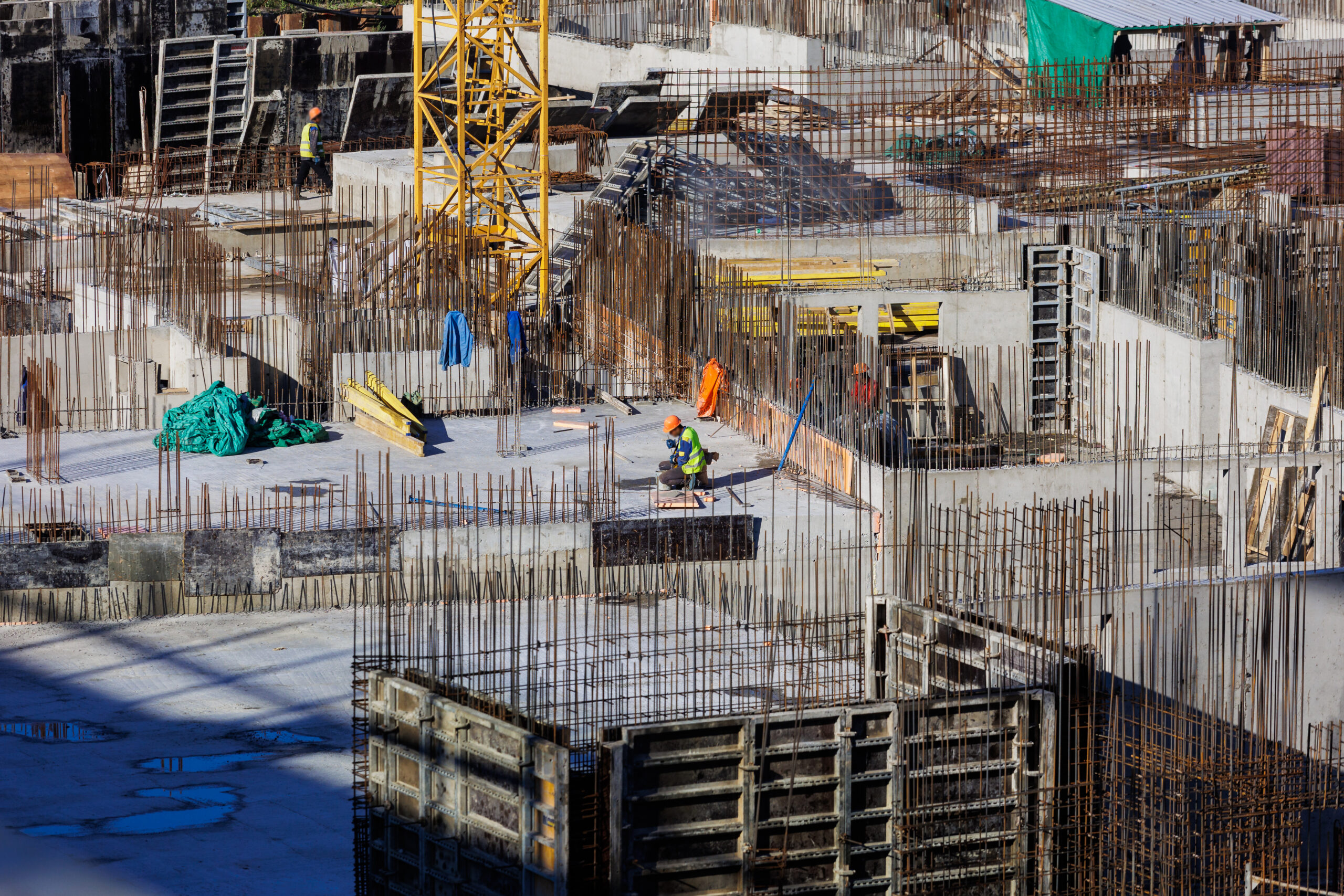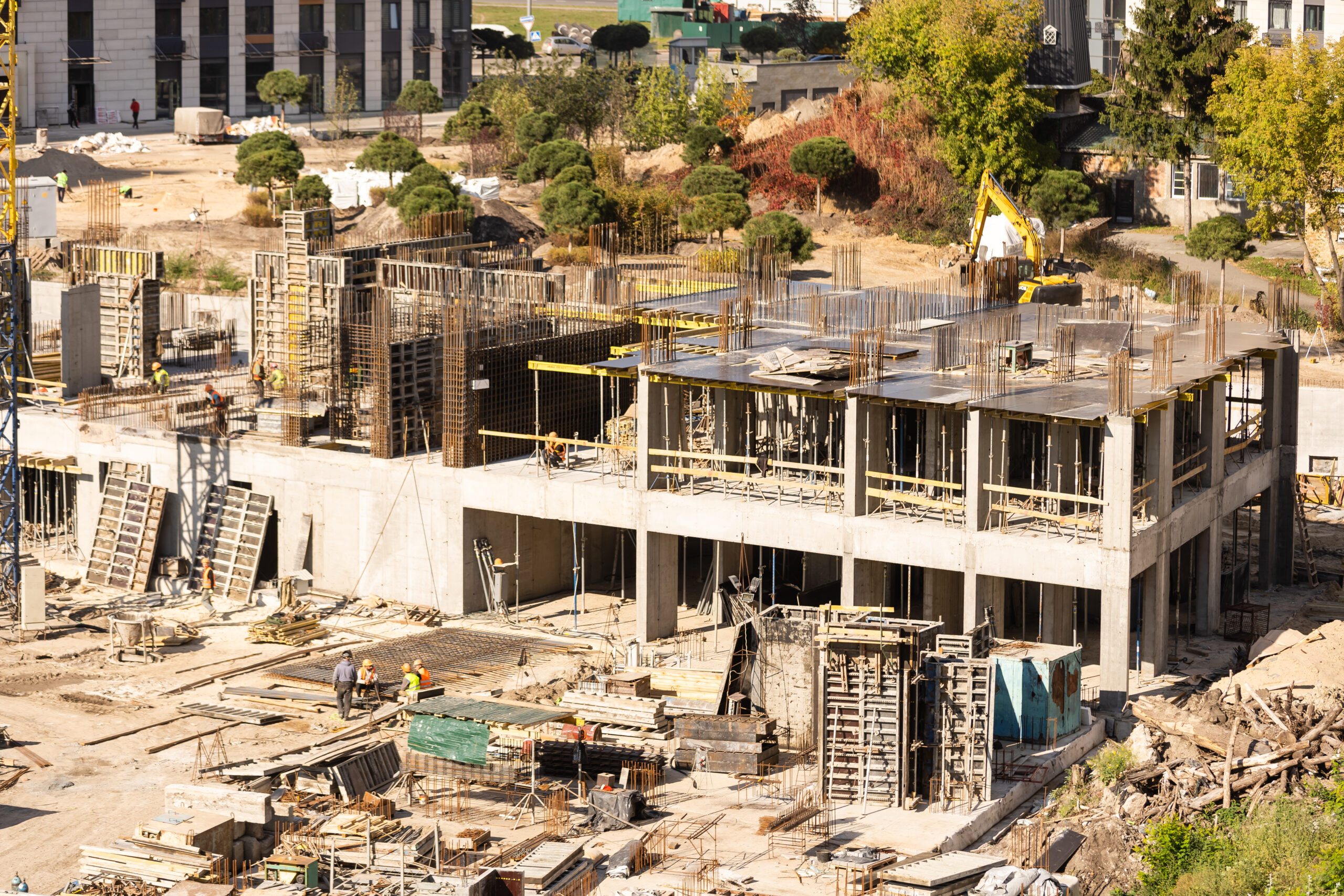Recruiting, Retention, and Training in Construction: Building a Sustainable Workforce

The construction industry is experiencing a critical shift as it faces challenges in recruiting, retaining, and training skilled workers. The labor shortage has become a pressing issue, affecting project timelines, costs, and overall industry growth. With an aging workforce and a lack of new entrants into the field, companies must implement strategic initiatives to attract, develop, and retain talent. Addressing these challenges effectively will ensure a steady pipeline of skilled professionals and contribute to the long-term sustainability of the construction sector.
Recruiting: Attracting the Next Generation of Workers
Recruiting skilled labor in construction is becoming increasingly competitive. As experienced workers retire, the industry must find ways to attract younger generations to construction careers. One of the key solutions is improving the perception of the industry. Many young individuals view construction as physically demanding and lacking long-term career growth. To counter this misconception, companies must highlight the potential for career advancement, competitive salaries, and the opportunity to work on innovative projects.
Engagement with high schools, vocational programs, and trade schools is essential for increasing awareness of construction careers. By offering internships, apprenticeships, and mentorship programs, companies can introduce students to the field and demonstrate the stability and growth opportunities available. Additionally, leveraging digital platforms and social media to showcase success stories, technological advancements, and job satisfaction can attract a wider pool of potential recruits.
Retention: Keeping Skilled Workers in the Industry
Retaining employees is just as important as recruiting them. High turnover rates in construction can lead to productivity losses, project delays, and increased hiring costs. To retain workers, companies must foster a positive work environment that values employee contributions and ensures job satisfaction.
Competitive compensation and benefits play a crucial role in retention. Providing fair wages, healthcare benefits, retirement plans, and performance-based incentives can encourage workers to remain in the industry. Additionally, job stability and opportunities for career progression contribute significantly to long-term employee retention.
Another critical factor in retention is workplace culture. Establishing a safe and inclusive work environment where employees feel valued and supported can enhance job satisfaction. Companies should promote open communication, recognize employee achievements, and encourage teamwork to foster a sense of belonging.
Training: Developing a Skilled Workforce
Continuous training and skill development are fundamental for maintaining a competent and efficient workforce. As construction projects become more complex, workers must stay up to date with new technologies, materials, and industry regulations. Investing in training programs ensures that employees acquire the necessary expertise to adapt to evolving industry demands.
Apprenticeship programs and on-the-job training opportunities allow workers to gain hands-on experience while learning from seasoned professionals. Certifications and specialized training in areas such as safety, project management, and new construction technologies can enhance employee skill sets and career prospects.
Technology is transforming the construction industry, and companies that embrace digital tools can improve efficiency and safety. Training employees on the use of AI-driven project management tools, drones, and Building Information Modeling (BIM) software can increase productivity and project accuracy. Providing ongoing learning opportunities through workshops, online courses, and industry conferences ensures that workers remain knowledgeable and adaptable.
Conclusion
The construction industry must proactively address the challenges of recruiting, retaining, and training skilled workers to ensure long-term sustainability. By improving industry perception, offering competitive wages, fostering a positive work culture, and investing in continuous training, companies can build a robust and resilient workforce. As technological advancements continue to shape the industry, embracing innovation and providing professional development opportunities will be key to maintaining a skilled labor force. With a comprehensive strategy for workforce management, the construction industry can overcome labor shortages and thrive in the years to come.





